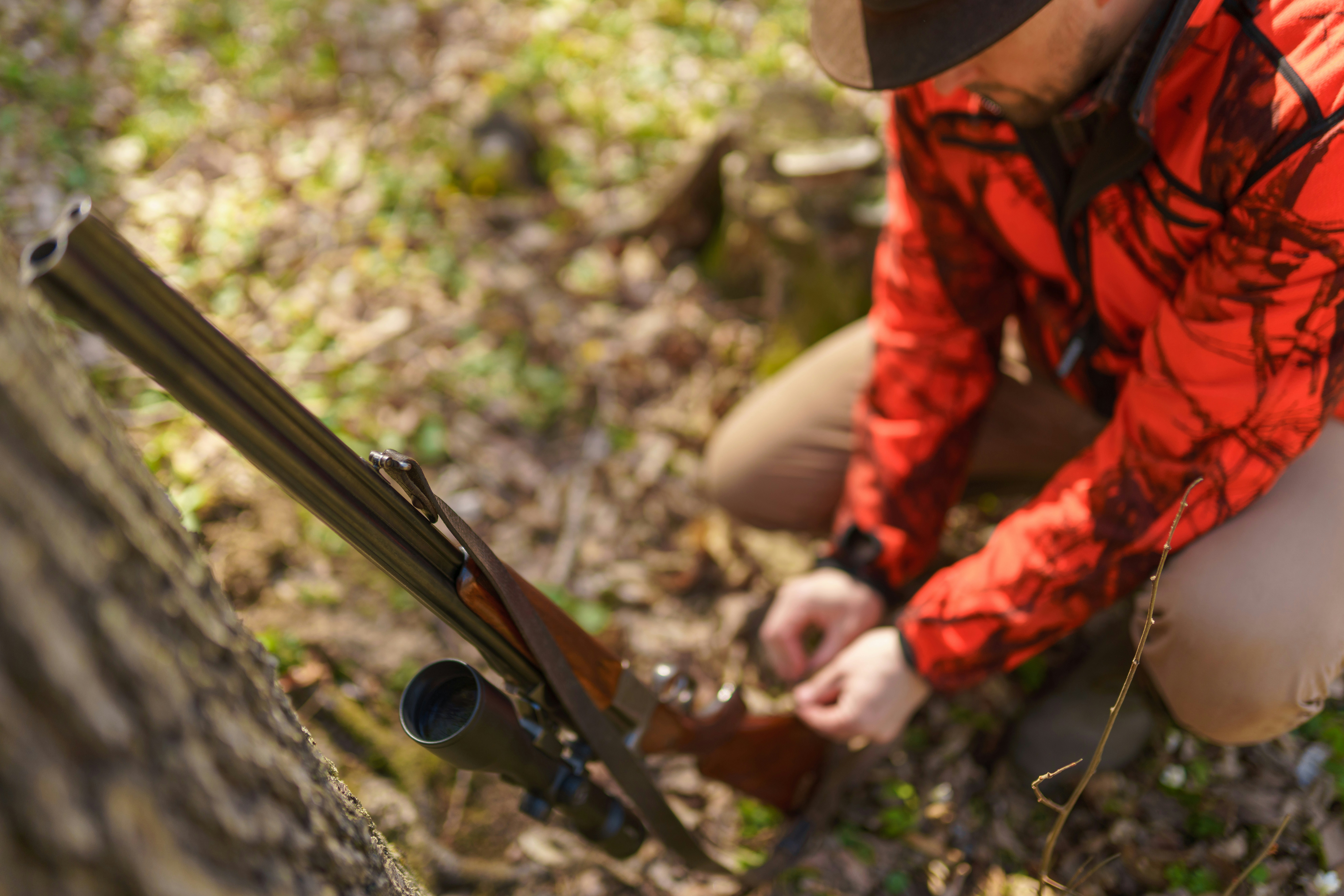
When people think of conservation, images of national parks, wildlife sanctuaries, or grassroots environmental groups often come to mind. What many don’t realize is that the firearms industry has quietly played one of the most consistent roles in funding and supporting conservation in the United States. It’s a story that doesn’t always make the headlines, but it’s one worth telling because it connects outdoor recreation, wildlife management, and responsible industry practices in surprising ways.
A Legacy Rooted in Wildlife Protection
The relationship between firearms and conservation isn’t a new development. It dates back to the early 20th century, when overhunting and habitat loss were taking a serious toll on North America’s wildlife. Hunters themselves, many of whom relied on healthy game populations for food and recreation, were some of the first to advocate for change. Their push for regulations, license fees, and conservation laws set the stage for a new era of wildlife management. The firearms industry became a natural partner in these efforts, recognizing that sustainable hunting was essential for both ecological balance and its own long-term survival.
The Pittman–Robertson Act: A Turning Point
In 1937, Congress passed the Federal Aid in Wildlife Restoration Act—better known as the Pittman–Robertson Act. This landmark legislation placed an excise tax on firearms and ammunition, with the revenue dedicated to wildlife conservation, habitat restoration, and hunter education programs. To this day, the act remains one of the most powerful conservation funding mechanisms in the world. Every time someone purchases a rifle, shotgun, or box of ammunition, a portion of that money goes directly into protecting wildlife. It’s a system where recreational purchases translate into real-world environmental impact.
Billions Invested in Wildlife
The numbers are staggering. Since its passage, the Pittman–Robertson Act has generated billions of dollars for conservation efforts across the United States. These funds have helped restore populations of species once on the brink of decline, such as wild turkeys, elk, and white-tailed deer. Wetlands, forests, and grasslands have been conserved and rehabilitated, benefitting not just hunters but hikers, birdwatchers, and anyone who enjoys the outdoors. The firearms industry, through this built-in tax structure, has become one of the largest contributors to America’s conservation budget.
Industry Partnerships That Go Beyond Taxes
While the excise tax system is foundational, the firearms industry’s role in conservation doesn’t stop there. Many manufacturers and retailers support nonprofit organizations dedicated to habitat preservation, wildlife research, and outdoor education. For example, companies regularly partner with groups like Ducks Unlimited, the Rocky Mountain Elk Foundation, and the National Wild Turkey Federation. These partnerships amplify conservation efforts and help ensure that future generations will have access to healthy ecosystems and abundant wildlife.
Education and Ethical Stewardship
Another often-overlooked aspect of the firearms industry’s conservation role is education. Firearms companies and affiliated organizations sponsor hunter safety courses, shooting sports programs, and youth initiatives that emphasize responsible gun ownership and ethical hunting. These programs instill values of respect for nature, safety in the field, and the importance of leaving the environment better than we found it. In many ways, these educational efforts help build a culture of stewardship that extends far beyond hunting.
A Broader Impact on Communities
Conservation isn’t only about wildlife; it’s also about people. The firearms industry supports local economies, particularly in rural areas where hunting and outdoor recreation are central to community life. Funds from the Pittman–Robertson Act and industry partnerships flow into public lands, which in turn attract tourism, create jobs, and provide recreational opportunities for millions. Families who may never own a hunting license still benefit when a local wetland is restored or a new wildlife refuge is established.
Challenges and Opportunities Ahead
Of course, the relationship between firearms and conservation is not without its complexities. Critics argue that tying conservation funding so closely to gun and ammunition sales creates volatility, especially during times when sales decline. Others call for a broader base of funding to reflect the many non-hunters who enjoy public lands. The firearms industry has an opportunity here: to continue supporting innovative conservation models, diversify partnerships, and advocate for sustainable policies that balance ecological health with recreation.
Why This Story Matters Now
At a time when conservation faces mounting challenges—from climate change to habitat loss—the story of the firearms industry’s role offers a reminder that unlikely allies can play a pivotal part in protecting the natural world. Hunters, gun owners, and manufacturers share common ground with birdwatchers, hikers, and environmentalists more than many might think. They all depend on thriving ecosystems and abundant wildlife. By recognizing and supporting the contributions of the firearms industry, we can move toward a more inclusive and sustainable vision of conservation.